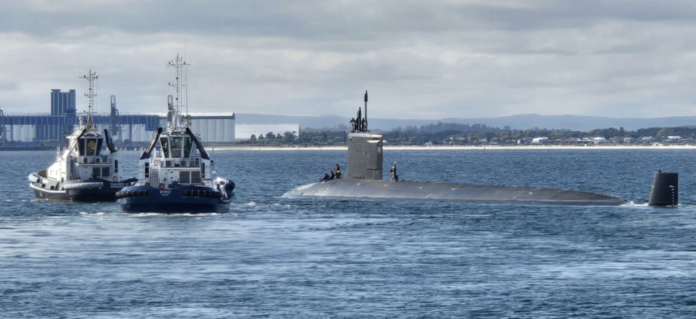By Gary Stewart*
To make the AUKUS partnership successful, the three partner nations will need to shift, as Defence Minister Richard Marles said in a speech in 2022, from interoperability to interchangeability. (The Australian Strategic Policy Institute. The Strategist.)

